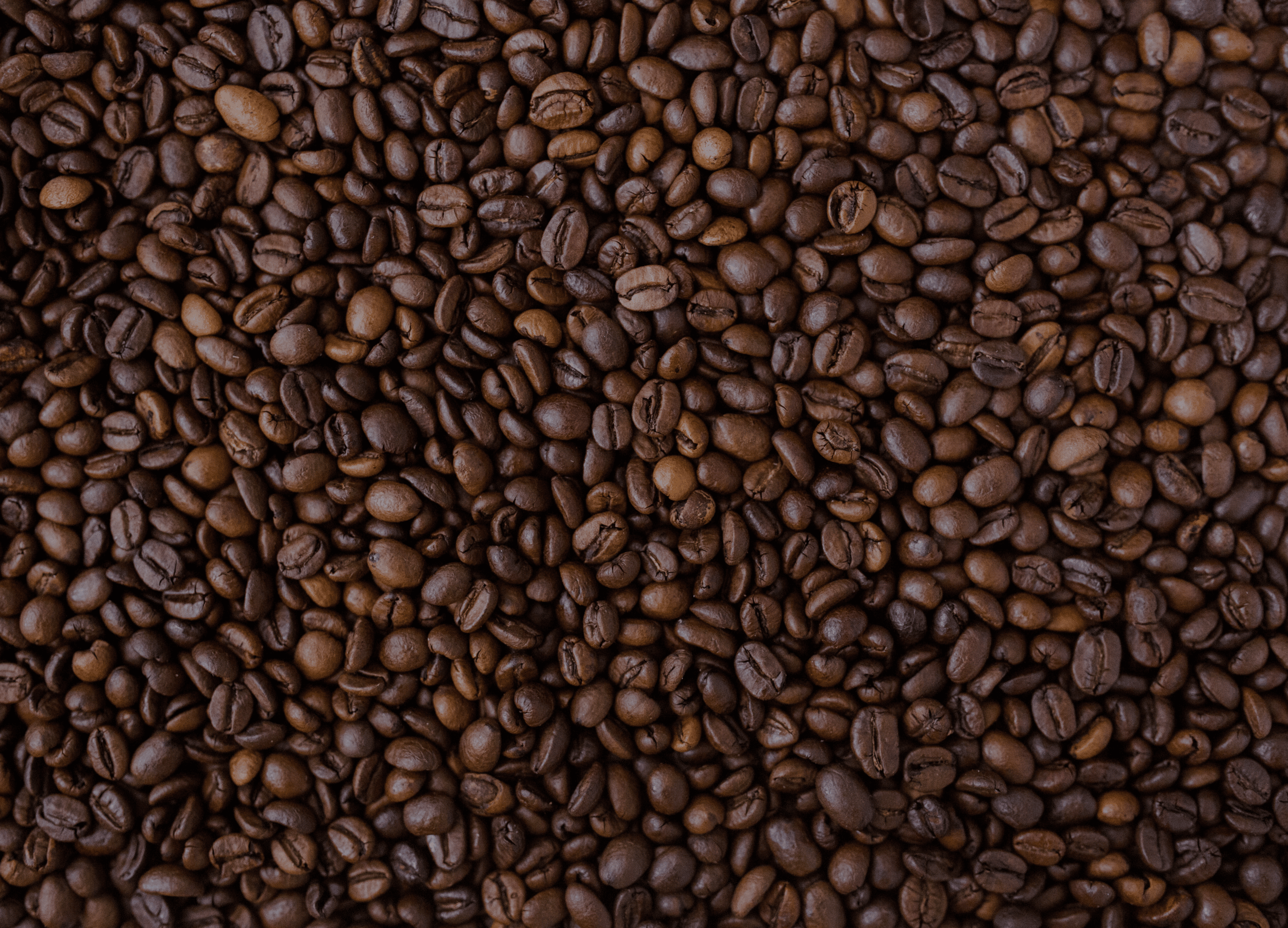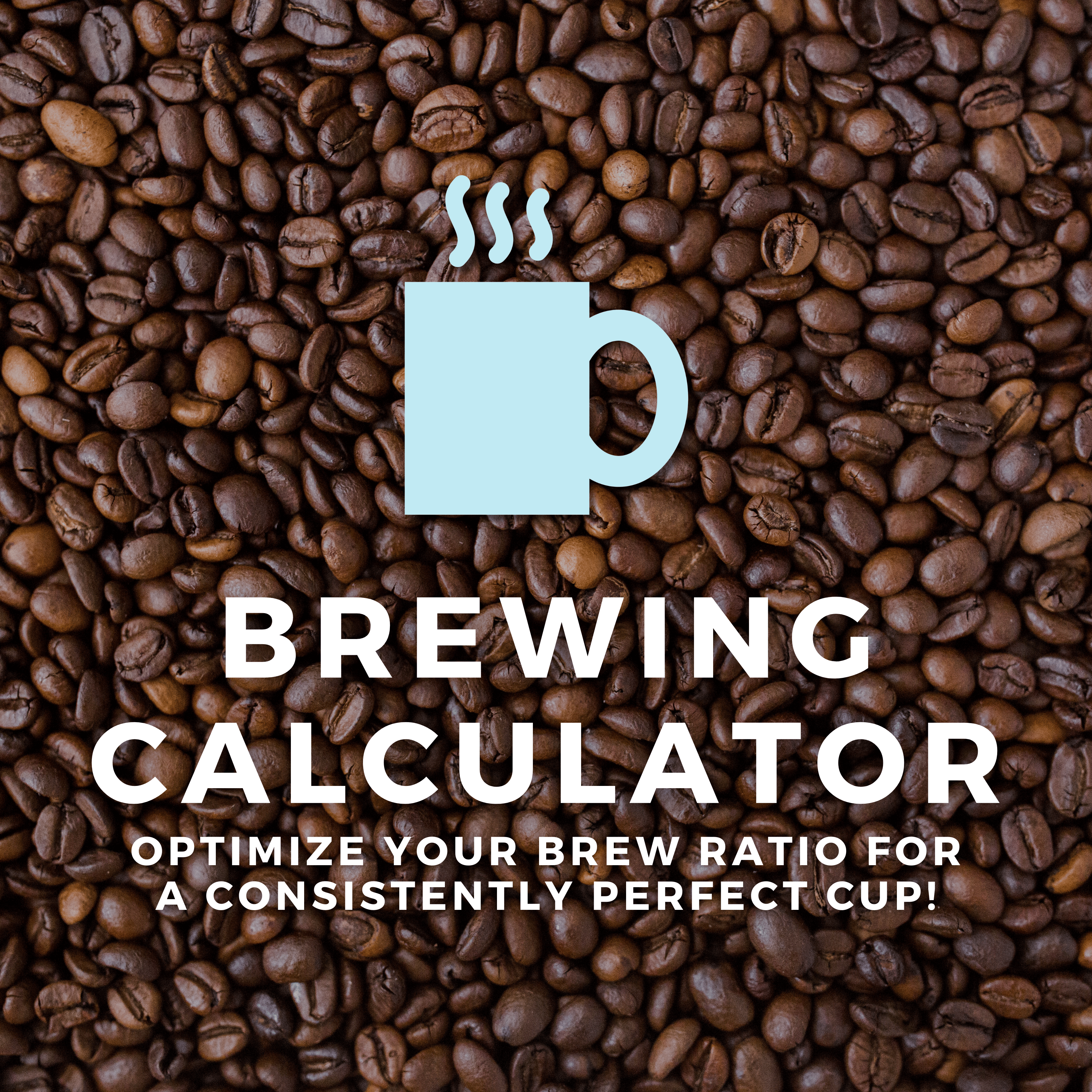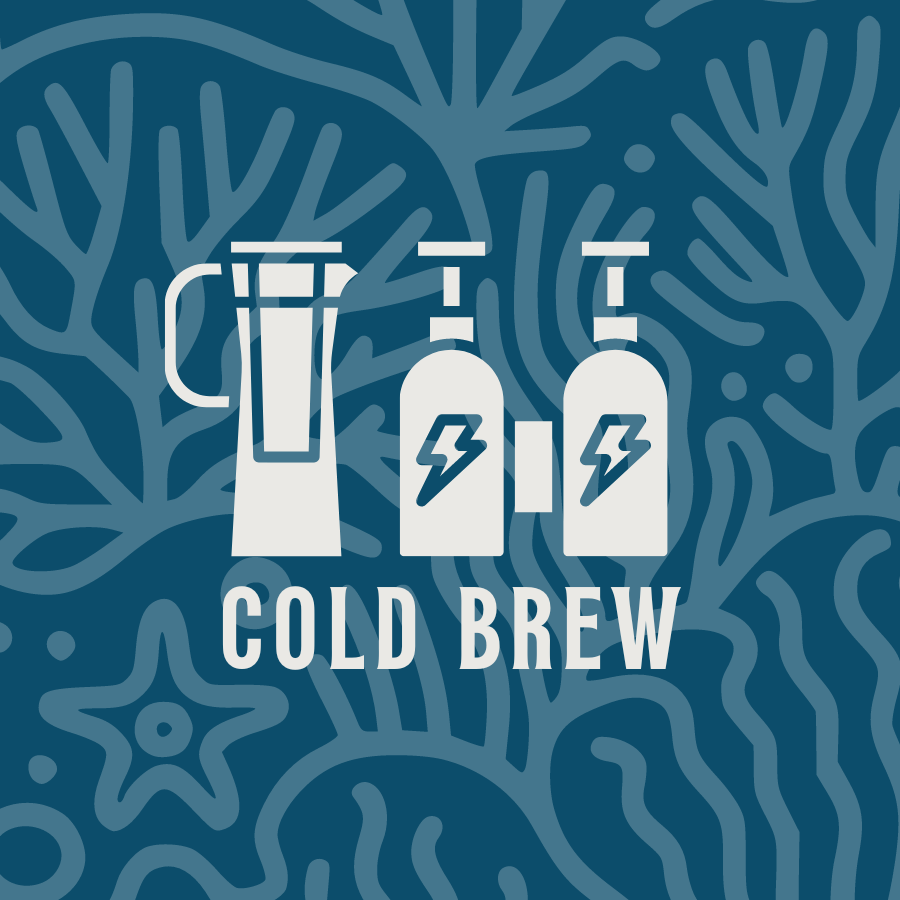✦ Brew AeroPress Like a Pro ✦
The AeroPress Lowdown
The AeroPress is a compact, travel-friendly brewer that punches well above its weight. It’s fast, versatile, and capable of producing a clean, rich cup—whether you're at home or on the go. This guide walks you through the classic upright method to help you brew with confidence and consistency.
AeroPress Fundamentals
Equipment
- AeroPress brewer (with plunger, chamber, and filter cap)
- Paper or metal AeroPress filter
- Scale (for precision)
- Timer
- Kettle
- Spoon or stirrer
- Mug or server
OPTIONAL:
- Burr grinder (if grinding whole beans)
Brew Ratio
- Mild: 1:17 coffee-to-water ratio
- Average: 1:14 coffee-to-water ratio
- Strong: 1:13 coffee-to-water ratio
- Robust: 1:12 coffee-to-water ratio
- Adjust to taste—this is a flexible method!
NOTE: When it comes to water, 1 milliliter (mL) = 1 gram (g)—so measuring by volume or weight will give you the same result!
Grind Size
- Ideal Grind: Medium-fine ground (slightly finer than drip coffee, similar to table salt)
- AeroPress officially recommends a very fine grind—almost as fine as espresso—paired with a short brew time. But for longer immersion variations (like the inverted method), a coarser grind may work better.
- Too coarse = weak brew; too fine = hard to press!
Water Temp
- Ideal Range: 195°F to 205°F (90.5°C to 96°C)
- Let water sit 30 seconds after boiling to reach proper temp

Step #1
Prep & Heat
A warm brewer and filter help improve consistency and reduce papery taste.
Substeps:
- BOIL WATER & LET COOL SLIGHTLY: Heat water to boil, then let it sit 30 seconds to reach proper temp.
- RINSE THE FILTER: Place the filter in the cap and rinse with hot water to remove any paper taste.
- ASSEMBLE THE BREWER: Attach the filter cap to the chamber and place it over your mug or carafe.
Useful Tips:
- Use filtered water for cleaner taste.
- Preheating your mug helps retain temperature.
- Don’t skip rinsing the paper filter—it really does make a difference!
- Warm the AeroPress parts if brewing in a cold room.
Relevant FAQs
Can I use metal filters instead of paper?
Absolutely. Metal filters allow more oils through for a fuller body. Paper produces a cleaner cup.
Why rinse the paper filter?
Rinsing removes papery flavors and helps the filter stick better inside the cap.
Can I use a travel mug under the AeroPress?
Yes—just make sure it has a stable base and fits the brewer securely.

Step #2
Measure & Grind
Getting your dose and grind right ensures a smooth press and a balanced cup.
Substeps:
- WEIGH YOUR COFFEE: Use a scale to measure your desired amount—typically 14–17g for a single cup.
- GRIND BEANS (IF POSSIBLE): If you're grinding at home, use a burr grinder and grind to a consistency slightly finer than drip, similar to table salt. Avoid grinding too fine, which makes plunging difficult. If using pre-ground coffee, make sure it’s neither too fine nor too coarse, as either extreme can lead to a poor extraction. NOTE: Pre-ground coffee can be a bit particular for AeroPress since the ideal grind falls between drip and espresso grind.
- ADD TO THE CHAMBER: Place the AeroPress on your mug and add the ground coffee to the chamber.
Useful Tips:
- AeroPress is forgiving—feel free to experiment with your dose!
- Freshly ground beans make a noticeable difference in clarity.
- Use a funnel or piece of paper to avoid spills when adding coffee.
- Keep your grind consistent for repeatable results.
Grind Size Comparison
Very Fine Grind
- Texture: Like powdered sugar
- Usage: Officially recommended by AeroPress for fast, high-pressure brews
- Pros: Intense extraction in short time
- Cons: Can clog filter, hard to press
Fine Grind
- Texture: Finer than table salt
- Usage: Possible for short brews with caution
- Pros: Stronger flavor in quick AeroPress recipes
- Cons: May slow press or increase resistance
Medium-Fine Grind
- Texture: Like table salt or slightly finer
- Usage: Ideal for most AeroPress methods
- Pros: Balanced cup, steady plunge
- Cons: May need dialing in for brew time and clarity
Medium Grind
- Texture: Like coarse sand
- Usage: Good for inverted or immersion-style brews
- Pros: Easier press, lighter body
- Cons: Can under-extract if brew time is too short
Relevant FAQs
Can I use pre-ground coffee?
You can, but pre-ground coffee can be a little tricky with AeroPress since it falls somewhere between drip and espresso grind. You can try either medium or fine ground coffee—just know that fine grind may make plunging more difficult, while medium grind may brew a slightly lighter cup. If possible, experiment to find what works best with your press!
How much coffee does the AeroPress make?
One pressing typically makes 6–8oz of coffee, depending on how much water you use and if you dilute.
What if it’s hard to press down?
Your grind might be too fine. Try going coarser or using less coffee.
What is the inverted method?
The inverted method involves assembling the AeroPress upside down so the plunger is on the bottom and the chamber sits on top. This allows the coffee to steep fully before flipping and pressing, which can lead to a richer extraction and more control over brew time.
What is immersion-style brewing with AeroPress?
Immersion-style brewing means allowing the coffee to steep in water for a set period of time before pressing. It’s commonly used with the inverted method and can yield a fuller-bodied cup with deeper flavor.

Step #3
Pour & Stir
This step activates extraction—timing and agitation matter.
Substeps:
- START YOUR TIMER: Begin timing as soon as you start pouring water.
- ADD HOT WATER (ABOUT 225 GRAMS): Pour steadily to your total target weight or up to the top of the chamber. Adjust based on your preferred ratio and cup size.
- STIR GENTLY: Stir for 10 seconds using the AeroPress stirrer or a spoon to mix grounds evenly.
Useful Tips:
- Use a gooseneck kettle for a more controlled pour.
- Avoid splashing—pour in a spiral if possible.
- Stirring too vigorously can clog the filter.
- Tilt the AeroPress slightly while stirring for better coverage.
Relevant FAQs
What if I don’t have a scale?
Fill to the “1” or “2” mark on the chamber and adjust to taste. It won’t be exact, but it’ll work.
Can I let it brew longer for a stronger cup?
Yes, but the AeroPress is designed for short brew times. Try using more coffee instead.
Why is my coffee weak?
Try a finer grind, higher dose, or longer steep before plunging.

Step #4
Press & Enjoy
A steady press finishes the brew and gives you a clean, quick cup.
Substeps:
- INSERT THE PLUNGER: After 1–1.5 minutes of total brew time, insert the plunger into the chamber.
- PRESS GENTLY: Press down slowly with steady pressure until you hear a hissing sound. This should take 20–30 seconds.
- REMOVE AND CLEAN: Unscrew the cap, pop out the puck, and rinse the AeroPress parts.
Useful Tips:
- If pressing feels too easy or hard, adjust your grind next time.
- Stop pressing as soon as you hear the hiss—pushing further can add bitterness.
- Rinse everything right after brewing—it makes cleanup quick.
- Toss the puck into compost if you can!
Relevant FAQs
Can I reuse the filter?
Paper filters are single-use, but metal ones can be rinsed and reused many times.
What if pressing takes too long?
Your grind may be too fine or you used too much coffee.
Can I press into a travel mug?
Definitely—just make sure the mug is stable and tall enough to avoid splashing.
Perfect Picks for AeroPress


Still Have Questions?
Don’t worry—we’re here to help! If something’s not quite clicking or you’re just looking for extra brewing clarity, our Brew Crew is just a message away.


















































